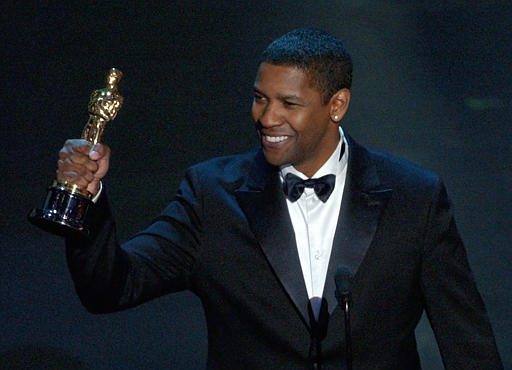Is Hate Personal?
Ask someone who wants to criminalize same-sex marriage how many gay people he knows, and I bet an uncomfortable silence would ensue. Indeed, Supreme Court Justice Lewis Powell, who concurred with the majority opinion in Bowers v. Hardwick (1986) that criminalized homosexual sex, never met a homosexual.
With respect to Jews, no one illustrates the point more vividly than Tom Friedman, in his book, From Beirut to Jerusalem (1995): “One day I was waiting to see Salam [a Sunni Muslim living in Lebanon], while he was bawling out some wild-eyed Muslim sheik because his Friday mosque sermons were too hostile to the Lebanese army. As the little sheik with his red-and-white turban and thin beard was leaving Salam’s office, Salam insisted on introducing him to me. He told the sheik that I was a reporter from the New York Times, that I had won a Pulitzer Prize, that I spoke Arabic, and, on top of it all, said Salam, ‘he is Jewish.’ he words hung in the air for a second, before this poor little shiek’s eyes bulged out. I thought his beard might fall off. He’d probably given a few Koran-thumping sermons about the Jews in his day, and I am sure I was the first one he had ever met in the flesh. After a limp handshake he scurried out the door.”
Conversely, when Karol Wojtyła lived in an apartment, his upstairs neighbors and landlord were Jewish. When Wojtyła became Pope John Paul II, he declared the Jewish people “our dearly beloved brothers.”
The moral: When you interact with the Other, when you live together or go to school together or do business together, you begin to see each other as people. Familiarity breeds tolerance, whereas ignorance incubates hate.
But is this really true? Andrew Sullivan articulates the counterargument with eloquence: “It is one of the most foolish clichés of our time that prejudice is always rooted in ignorance, and can usually be overcome by familiarity with the objects of our loathing. The racism of many Southern whites under segregation was not appeased by familiarity with Southern blacks; the virulent loathing of Tutsis by many Hutus was not undermined by living next door to them for centuries. Theirs was a hatred that sprang, for whatever reasons, from experience. It cannot easily be compared with, for example, the resilience of anti-Semitism in Japan, or hostility to immigration in areas where immigrants are unknown, or fear of homosexuals by people who have never knowingly met one.”
Sullivan continues: “Just as there is possessive love and needy love; family love and friendship; romantic love and unrequited love; passion and respect, affection and obsession, so hatred has its shadings. There is hate that fears, and hate that merely feels contempt; there is hate that expresses power, and hate that comes from powerlessness; there is revenge, and there is hate that comes from envy. There is hate that was love, and hate that is a curious expression of love. There is hate of the other, and hate of something that reminds us too much of ourselves. There is the oppressor’s hate, and the victim’s hate. There is hate that burns slowly, and hate that fades. And there is hate that explodes, and hate that never catches fire. The modern words that we have created to describe the varieties of hate—’sexism,’ ‘racism,’ ‘anti-Semitism,’ ‘homophobia’—tell us very little about any of this. They tell us merely the identities of the victims; they don’t reveal the identities of the perpetrators, or what they think, or how they feel. They don’t even tell us how the victims feel. And this simplicity is no accident. Coming from the theories of Marxist and post-Marxist academics, these ‘isms’ are far better at alleging structures of power than at delineating the workings of the individual heart or mind. In fact, these ‘isms’ can exist without mentioning individuals at all.”


Scholars “use an intellectual scalpel…